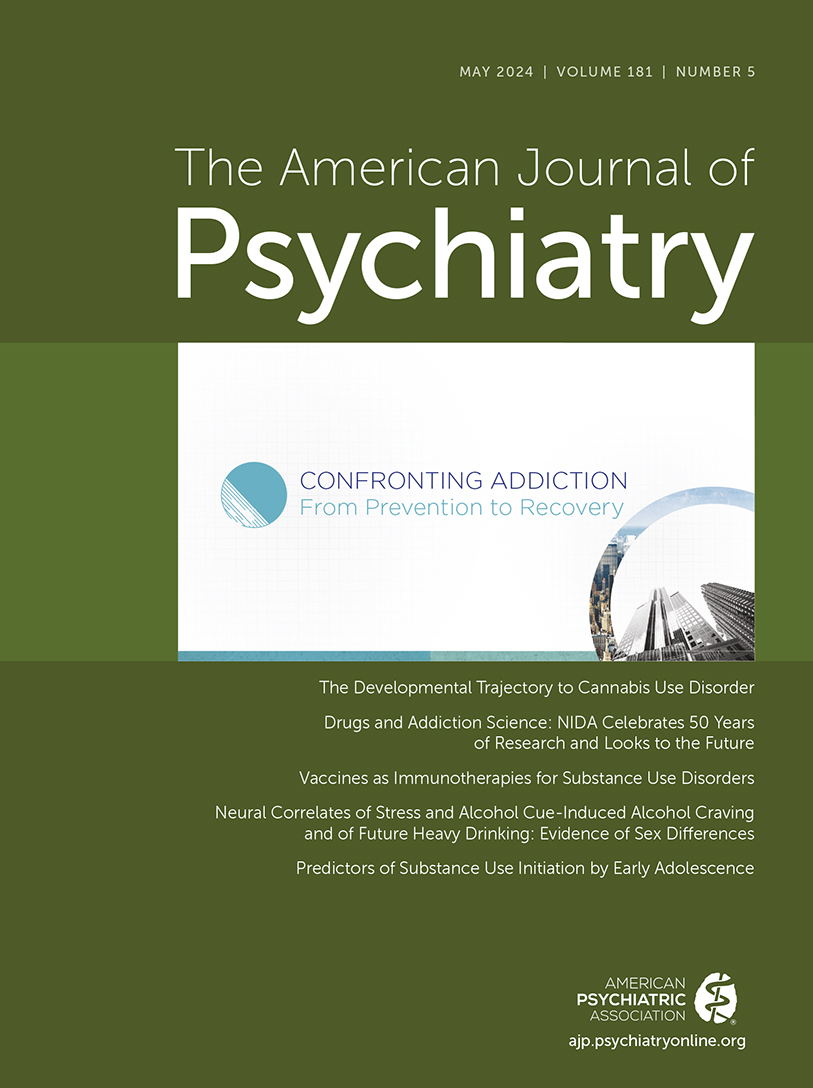Understanding and Addressing Widening Racial Inequalities in Drug Overdose
Abstract
The fourth wave of the United States overdose crisis—driven by the polysubstance use of fentanyl with stimulants and other synthetic substances—has driven sharply escalating racial/ethnic inequalities in drug overdose death rates. Here the authors present a detailed portrait of the latest overdose trends and synthesize the literature to describe where, how, and why these inequalities are worsening. By 2022 overdose deaths among Native and Black Americans rose to 1.8 and 1.4 times the rate seen among White Americans, respectively. This reflects that Black and Native Americans have been disproportionately affected by fentanyl and the combination of fentanyl and stimulants at the national level and in virtually every state. The highest overdose deaths rates are currently seen among Black Americans 55–64 years of age as well as younger cohorts of Native Americans 25–44 years of age. In 2022—the latest year of data available—deaths among White Americans decreased relative to 2021, whereas rates among all other groups assessed continued to rise. Moving forward, Fundamental Cause Theory shows us a relevant universal truth of implementation science: in socially unequal societies, new technologies typically end up favoring more privileged groups first, thereby widening inequalities unless underlying social inequalities are addressed. Therefore, interventions designed to reduce addiction and overdose death rates that are not explicitly designed to also improve racial/ethnic inequalities will often unintentionally end up worsening them. Well-funded community-based programs, with Black and Native leadership, providing harm reduction resources, naloxone, and medications for opioid use disorder in the context of comprehensive, culturally appropriate healthcare and other services, represent the highest priority interventions to decrease inequalities.
Access content
To read the fulltext, please use one of the options below to sign in or purchase access.- Personal login
- Institutional Login
- Sign in via OpenAthens
- Register for access
-
Please login/register if you wish to pair your device and check access availability.
Not a subscriber?
PsychiatryOnline subscription options offer access to the DSM-5 library, books, journals, CME, and patient resources. This all-in-one virtual library provides psychiatrists and mental health professionals with key resources for diagnosis, treatment, research, and professional development.
Need more help? PsychiatryOnline Customer Service may be reached by emailing [email protected] or by calling 800-368-5777 (in the U.S.) or 703-907-7322 (outside the U.S.).



